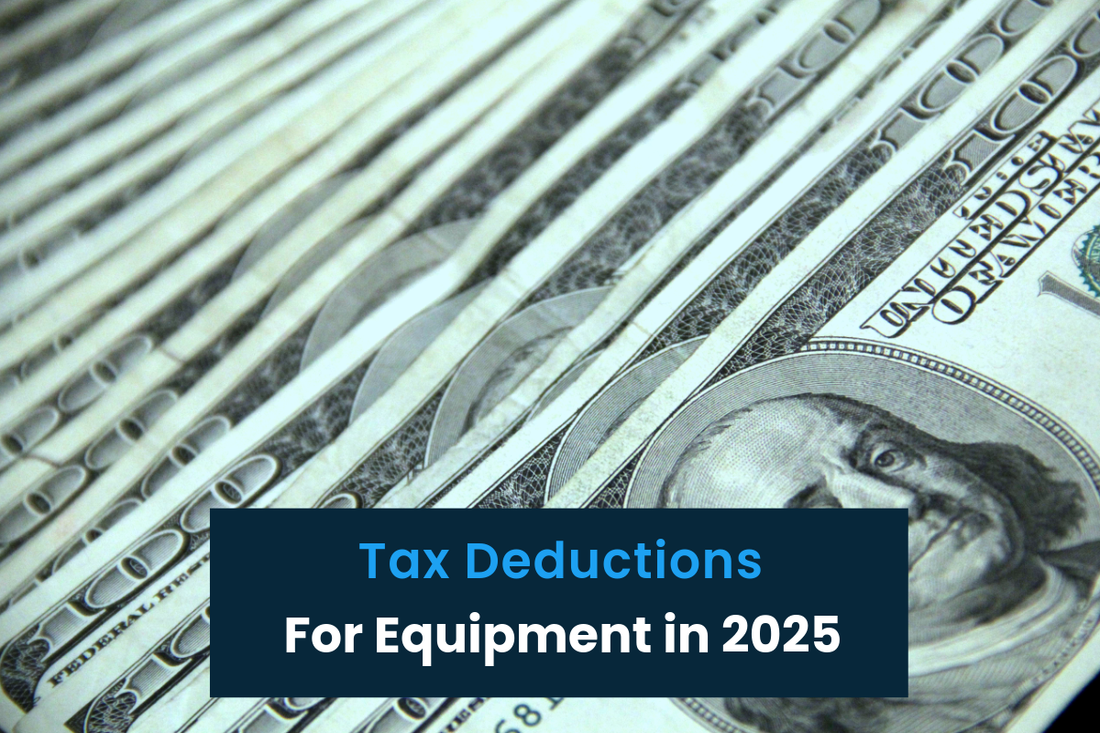
AEC Equipment Tax Deductions: Save $4,800+ Before December 31, 2025
Critical 2025 Updates
- Section 179 Limit: Maximum deduction $2,500,000; phase-out begins at $4,000,000
- Bonus Depreciation: 100% for qualifying property acquired and placed in service after January 19, 2025
- Year-End Deadline: Equipment must be placed in service by December 31, 2025
- Texas Note: No state income tax; franchise tax calculated separately from federal deductions
The One Big Beautiful Bill Act of 2025 restored 100% bonus depreciation for equipment acquired and placed in service after January 19, creating immediate federal tax savings up to $4,800 for Texas AEC firms purchasing $20,000 plotters before year-end.
Most architecture and engineering teams missed this opportunity in 2024 when bonus depreciation dropped to 60%. While competitors struggle with complex timing requirements between acquisition and service dates, firms acting now capture maximum benefits.
Texas AEC professionals navigate unique terrain: zero state income tax amplifies federal deduction importance, yet the separate franchise tax remains unaffected by Section 179 elections. This distinction confuses even experienced firms.
Based on current IRS guidance and 2025 legislation, we've mapped the precise path from equipment selection through Form 4562 filing. Every calculation reflects actual limits with specific examples for Dallas, Houston, and Austin AEC operations.
Strategic Context
Federal equipment deductions reached unprecedented levels through 2025's legislative changes. Section 179 allows immediate expensing up to $1.25 million before the phase-out begins at $3.13 million in equipment purchases. The restored 100% bonus depreciation eliminates multi-year write-offs for qualifying property acquired and placed in service after January 19, 2025.
Texas construction markets drive immediate equipment needs: Dallas-Fort Worth added 142,000 jobs in 2024, Houston's energy sector expansion requires 30% more technical drawings than 2023, and Austin's semiconductor manufacturing boom demands rapid permitting documentation. These projects require on-demand printing capacity that outsourcing cannot match.
Consider typical AEC economics: Mid-size firms process 600+ large-format prints monthly at $3.50 per outsourced sheet, totaling $25,200 annually. A $20,000 multifunction printer generates a potential federal tax reduction of $4,800 (24% bracket) while eliminating outsourcing dependency. Traditional five-year depreciation would spread this benefit, but 2025 rules deliver immediate cash flow improvement—critical when project financing tightens.
Problem Deconstruction
The core challenge isn't Section 179's complexity—it's coordinating federal benefits with Texas-specific considerations while meeting strict timing requirements. Two approaches consistently fail:
1. December procurement attempts: Equipment ordered after December 10 rarely achieves "placed in service" status by year-end. The IRS requires equipment be "ready and available for its specific business function"—not merely delivered. Installation, network integration, and operational testing push readiness into January.
2. Franchise tax confusion: Texas franchise tax uses margin-based calculations completely separate from federal income tax. Firms expecting dual benefits discover franchise tax obligations remain unchanged regardless of Section 179 or bonus depreciation elections.
Immediate consequences emerge within weeks: Q1 2026 estimated payments reflect missed 2025 deductions, reducing working capital when firms need flexibility. Six-month impacts compound as competitors who captured deductions reinvest savings into technology advantages.
Solution Architecture
Three-Phase Implementation: Equipment qualification verification, timing optimization, and documentation assembly ensure maximum deduction capture while avoiding IRS challenges.
Phase 1: Equipment Qualification
- Specific Actions: Verify tangible personal property classification; document >50% business use allocation
- Success Indicator: CPA confirms qualification under IRC Section 179
- Time Investment: 2-hour initial consultation
- Common Pitfall: Including custom software or building improvements that don't qualify
Phase 2: Timing Optimization
- Specific Actions: Order by November 15 for December 15 delivery; schedule installation within 48 hours
- Success Indicator: Equipment producing billable output before December 20
- Time Investment: 5-day implementation window
- Common Pitfall: Confusing delivery date with placed-in-service requirement
Phase 3: Documentation Assembly
- Specific Actions: Photograph installation completion; maintain daily usage log first 30 days
- Success Indicator: Complete documentation package for Form 4562
- Time Investment: 15 minutes daily through January
- Common Pitfall: Attempting retroactive documentation during audit
Evidence & Validation
Case Study: Houston engineering firm, 22 employees, $3.2M revenue
Challenge: Outsourced plotting cost $21,000 annually with 72-hour turnaround hampering competitive bidding
Implementation: Purchased Canon imagePROGRAF TZ-30000 ($18,500), October 2025. Operational November 3. Elected full Section 179 deduction based on sufficient taxable income.
Results: Federal tax reduction: $4,440 (24% bracket). Eliminated outsourcing expense in year one. Secured three rush projects leveraging in-house capabilities, resulting in a total first-year benefit of $25,440. Investment recovered in 8.7 months.
Replication keys: Early November ordering ensures December operational status. Coordinate equipment selection with CPA during the evaluation phase. Document the business use percentage from the installation date.
Implementation Guide
Q: What exactly constitutes "placed in service" for the December 31 deadline?
A: The IRS requires equipment to be "ready and available for its specific business function." This means fully installed, tested, and producing actual work output—not just delivered to your dock.
Q: How do Section 179 and bonus depreciation work together?
A: Elect Section 179 up to your taxable income limit, then apply 100% bonus depreciation to any remaining basis. Your CPA optimizes this combination based on current and projected income.
✅ Do This
Order by November 15 with scheduled installation—ensures placed-in-service documentation
❌ Avoid This
December 20+ orders—shipping delays and installation queues push service date to January
Texas AEC firms leveraging 2025's restored 100% bonus depreciation and $1.25 million Section 179 limit transform routine equipment purchases into strategic tax advantages. The framework—qualification verification, timing optimization, documentation assembly—converts IRS requirements into executable steps.
We've demonstrated how $15,000-$20,000 equipment generates $3,600-$4,800 federal tax savings while eliminating annual outsourcing costs exceeding $20,000. Houston firms implementing this approach report sub-12-month payback periods.
Today: Calculate your remaining 2025 taxable income to confirm Section 179 capacity
This Week: Request quotes specifying November 15 order deadline for December placement
This Month: Execute purchase, ensuring December 15 delivery for comfortable service achievement
Capture Your 2025 Tax Deductions
Equipment ordered after November 15 risks missing the December 31 placed-in-service requirement
Content Sources:
- Section 179 limits increased to $2.5M / $4.0M (2025): Grant Thornton alert; Thomson Reuters; BPC explainer
- 100% bonus depreciation after Jan 19, 2025: Wipfli; Grant Thornton
- Placed-in-service definition: IRS Pub 946
- Texas franchise tax rates/thresholds (2025 reports): Texas Comptroller
About the author:
Kevin Vaughan is the President of TAVCO. With over two and a half decades of experience, he has received various awards for sales performance and channel growth. Published articles focus on AI-powered AEC technologies, CAD software, and large-format technology. When he is not geeking out on new technologies, you can find him hanging with his wife and kids, playing guitar, or Scuba diving.

No comments

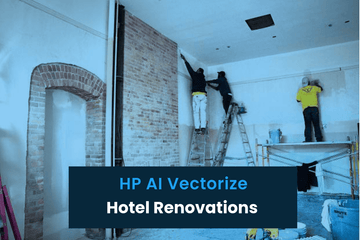

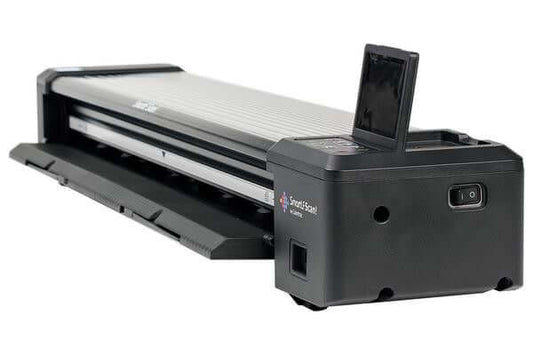
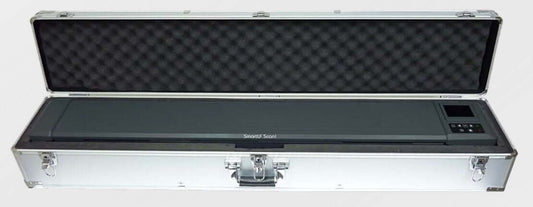


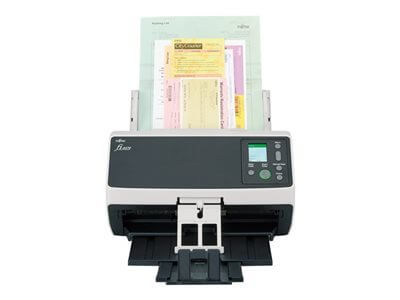
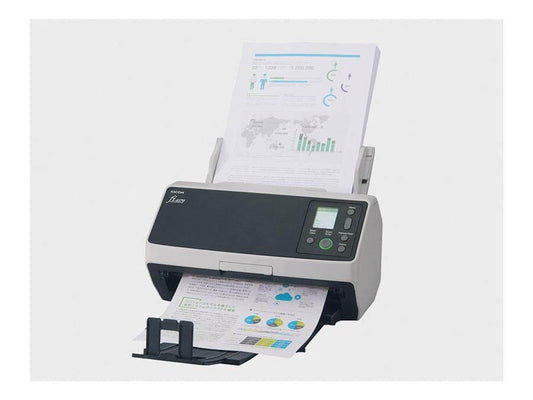
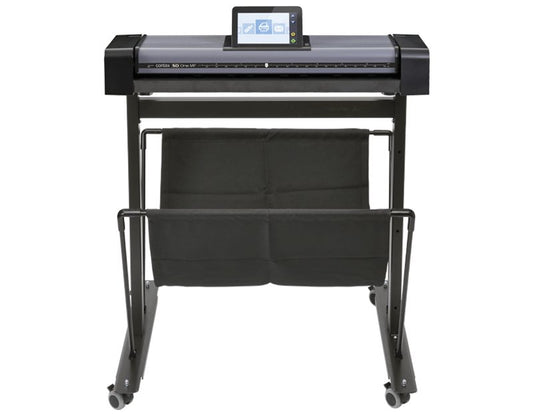
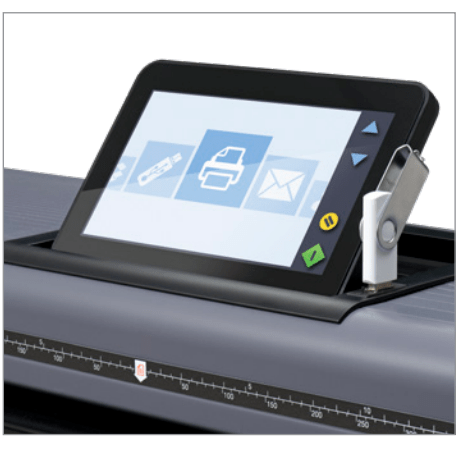
![Matterport MC250 Pro2 Camera [Demo Model Sale] - TAVCO](http://tavcotech.com/cdn/shop/files/matterport-mc250-pro2-camera-demo-model-sale-2922306.jpg?v=1753797590&width=533)
![Matterport MC250 Pro2 Camera [Demo Model Sale] - TAVCO](http://tavcotech.com/cdn/shop/files/matterport-mc250-pro2-camera-demo-model-sale-5147499.jpg?v=1753797590&width=533)

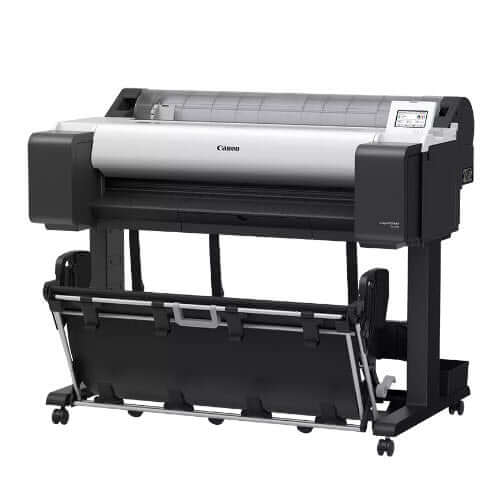

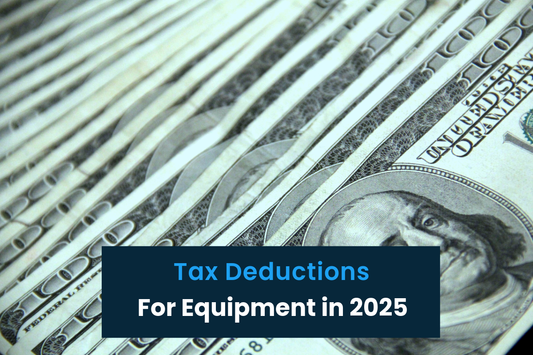

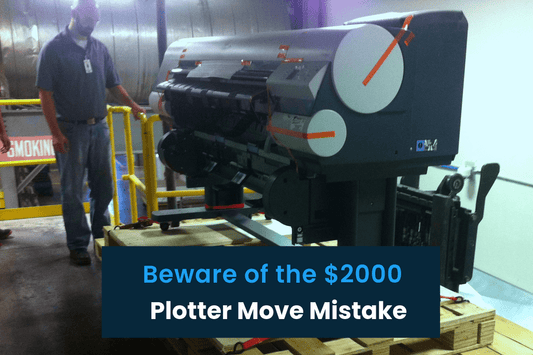
0 comments